Airtightness
What is air tightness and air leakage?
Air leakage is the uncontrolled entering or exiting of air into your home through cracks and openings. Air tightness is the ability of the building’s envelope to prevent this air leakage. Achieving a high air tightness level is fundamental to minimise the infiltration of the outdoor air and the escape of conditioned indoor air. In this controlled environment, passive homes can considerably reduce energy consumption for heating and cooling purposes, leading to major cost savings and a smaller carbon footprint. Air tightness is critical for a passive home to perform efficiently and provide true environmental benefits.
What about ventilation?
Ventilation is the deliberate movement of air in and out of a home. this is important for air cleanliness, temperature control and reduced risk of mould development. The weather and climate are dynamic throughout the day, month and year, meaning your home should be dynamic also. Balance is required to allow you the choice of air movement or containment.
Air tightness is important to know about before purchasing a house however it is also something you can improve through simple renovations. Bear in mind there are risks of increasing the chance of condensation when airtightness is limited.
Why do we want airtightness?
Airtightness has many benefits
- energy efficiency: having a home that is air type races unwanted heat exchange between the inside and outside of your home. Reducing air leakage will lead to a stable indoor temperature reducing the reliance on mechanical heating or cooling systems. This is the key concept in passive homes resulting in substantial energy savings and high efficiency.
- In-home comfort: As mentioned above a maintained indoor air temperature and improved air quality contribute to a more comfortable and healthier living environment. Not only this, but airtightness prevents drafts and cold spots while eliminating noise pollution, dust and other pollutants from entering the interior environment.
- Moisture control: Air leakage can allow moisture to enter the home, potentially leading to condensation issues with the risk of mould and structural damage over time.
- Minimised environmental impacts: As another contributor to a passive design, airtightness can help save energy consumption and GHG emissions due to heating and cooling systems. Passive designs are critical for a sustainable future.
